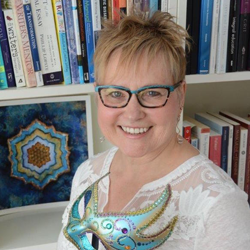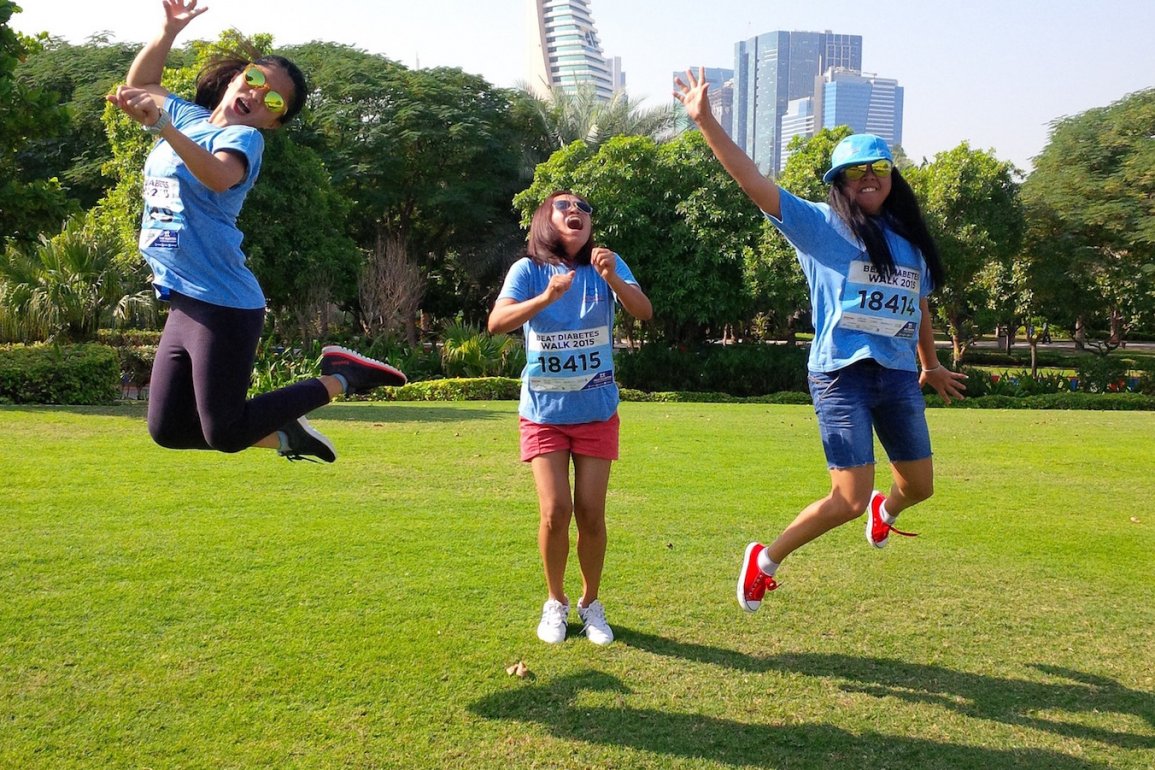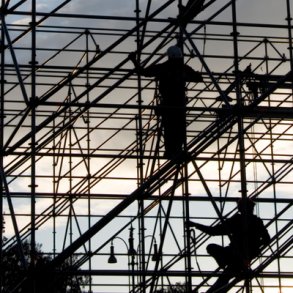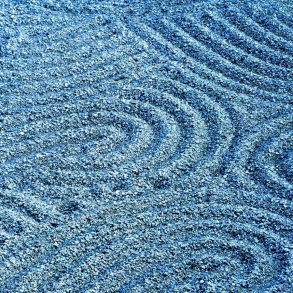By Edith Friesen for Enlivening Edge Magazine
Introduction by Jean-Paul Munsch, Guest Editor of EE Magazine’s Education edition:
What is Teal teaching and learning about? It must be at least partly about shifting from separation-consciousness into Wholeness-consciousness. How can one write about the separation we all experienced partly as a result of our schooling? And how does one come back into the process of re-connecting with the source, our whole body?
We are offering you this article as a source for the ongoing reconnecting process many of us are sharing, to help you learn for yourself, and enable you to assist future generations to stay in our original wholeness. We offer you this pearl to appreciate your own being stuck. We offer you this piece to cultivate what it means to be a human being. Enjoy!
I’ve been thinking about how I was taught to write. It was all about the technical aspects, then. About the right and wrong of writing. Developmentally speaking, I was ripe for the mental realm and its crystallizing possibilities. But something got cut off in the process, something below my neck. I suspect it was the liquid aspect of my being and my felt-sense of things.
When I watch my one-year old grandson play, I can see this hasn’t happened to him yet. He plays as if he is of one piece. Standing on his tiptoes, waving his arms, babbling into the wind, he becomes a living exclamation mark. In a few years he will enter the education system and learn to write. I wonder what will be educated out of him and, more importantly, how I can serve him if, or when, that starts to happen.
I might remind him to inhabit his whole being. To inhabit the present moment, as he does now. To inhabit whatever he spies with his little eyes. To inhabit what he writes about. To inhabit every word with his felt-sense.
This is how I re-trained myself to write. Oddly, it happened at university, during an introductory sculpture class. Although the professor demonstrated the technical aspects of working with clay, my real instructor was the clay itself.
I remember picking up a heavy, grey, hunk of clay and plopping it onto the workbench in front of me. It was cool and damp to the touch, and it smelled like a morning walk in the forest. I didn’t know where to start, and I didn’t want to make a mistake. With slippery hands, and without thinking, I began stroking this lump of clay. What do you want to become? I asked, hoping to visualize a finished product.
Nothing came.
Then slowly, slowly, I felt my fingers begin to move, as if guided by something inside the clay. The livingness of it startled and delighted me. Without thinking, I felt myself entering that piece of clay with my non-physical sense of touch. And this is how I sculpted, day after day, until I inhabited that piece of clay and it inhabited me.
A new creative muscle had twitched, or maybe it was just the memory of an atrophied one. As I began flexing and growing this inhabitation muscle, it stretched into my writing. In this way, the livingness of clay taught me to inhabit the livingness of the word. It also taught me to let that livingness lead the way—no matter what I write, whether an e-mail, an article, or a course outline.
I am currently devouring Stephen Harrod Buhner’s book, Ensouling Language: On the Art of Nonfiction and the Writer’s Life, for the second time. It seems as if he has been inhabiting me, watching me write, and is now reflecting my writing process back to me. He articulates this felt-sense way of writing more skillfully and beautifully than I ever could.
What would it take to bring the practice of inhabitation into the education system? Imagine learning to inhabit numbers—the consciousness and energy inside them. This is what great scientists apparently do. Or inhabiting other times and cultures. Perhaps even inhabiting an emerging future. Such inhabitation goes beyond imagination and projection. It goes to the essence of things, to the heart of life itself.
And it requires re-training. However, there is no need to wait for the education system to change or catch up. We can begin here and now, by inhabiting life. And by modeling inhabitation in all its forms—to our colleagues and clients, to our children and grandchildren.

Edith Friesen energizes the role of Writing Mentor at Enlivening Edge. As a lifelong writer, she has worked in diverse organizations, and coached writers. Her passion is to inspire writing that drops the mask and comes from the whole self. Send your email to edith (at) enliveningedge.org, about joining the Teal-inspired global writing community.




